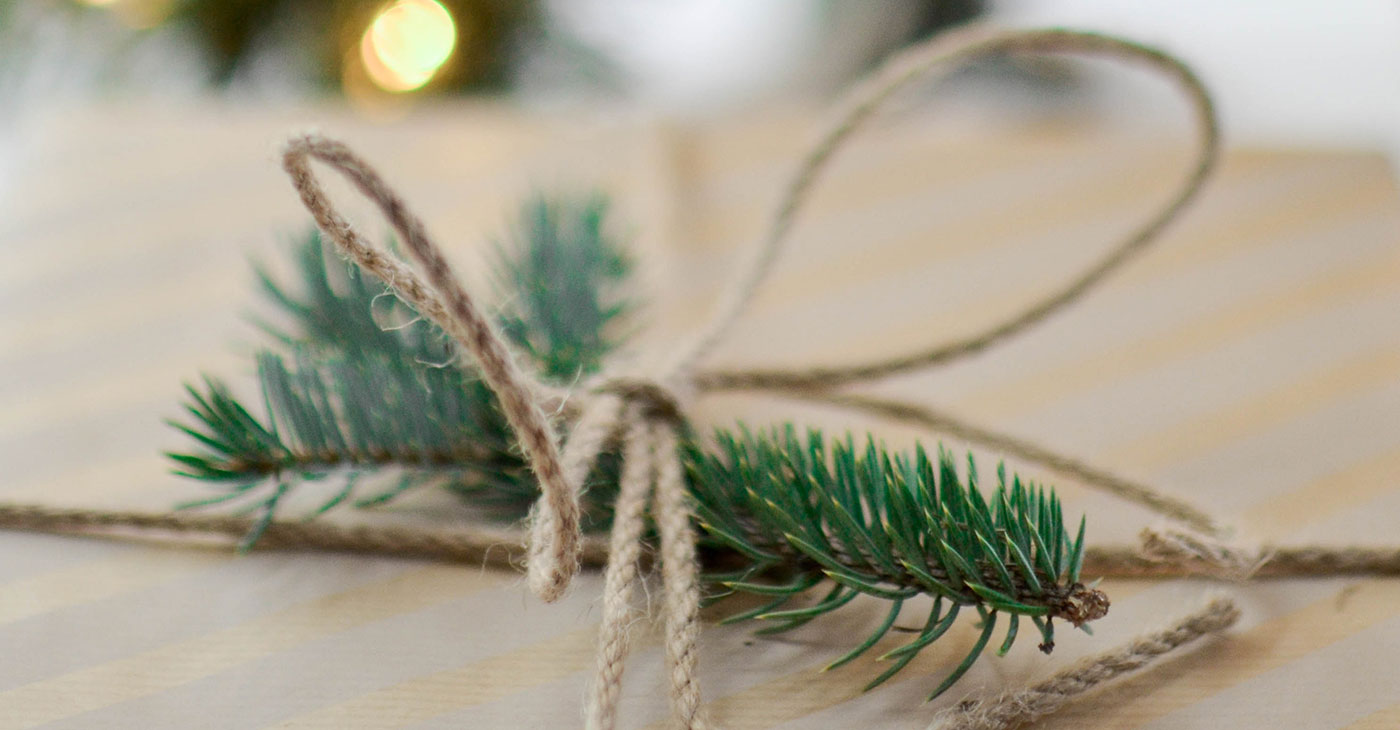Experiencing the recent ice storm in Toronto and the treachery of walking in an unpredictable environment has reinforced for me the value of Bony Landmark Connectivity.
Bony Landmarks are easy body reference points for you to feel when standing, sitting or lying down. It is useful to know what and where the bony landmarks are because muscles originate and attach at these places.
Bony landmark connectivity enhances whole body awareness in all your tasks so you can move clearly into space knowing you are safely supported by efficient and functional muscle action.
There are many bony landmark connections you can make. Here are 5 ways of creating a more embodied relationship with your underlying structure as you move through your days this winter.
Begin by standing with your arms comfortably by your side, and legs straight if you are able (or by sitting in a chair, or lying on your back, knees bent with a pillow under them if you prefer).
1. Wake up your bones
Since our bones are the densest part of us, they are easily felt. To become more aware of our bony structure, tap or pat your bones. It is easy to feel our hip crests, rib cage, breast bone (sternum), collar bones, nose, skull, knees, shins and arms.
For deeper bony structures we can use rocking and rolling motions when sitting or lying down. If we rock side to side, we can feel our sitzbones (aka ischial tuberosities) and if we rock forward and backwards, we can feel our pubic bone and tail bone (aka coccyx). These bony landmarks make up the floor of our pelvis.
2. Making Connections
In your mind’s eye, make connections between bony landmarks. Imagine drawing vibrating red (or any colour your choose) lines or arrows, or ribbons falling or rising from one bone to the next.
These ‘lines’ are moving and pulsing up and down, back and forth, or side to side between your bones. In so doing you create awareness of the relationship between your body parts and a way of noticing your alignment. By layering in breath support (see previous blog posts), the action is dynamic and not forced, so you do not create a rigid holding pattern.
In addition to creating awareness of the relationship between parts of your body, bony landmark connectivity is intended to align our structure with the vertical fall of gravity. If your bones don’t line up, invite them to shift a little into a vertical relationship. Each time you shift, and feel the vertical relationship between your bones and with gravity, the dynamic alignment becomes a little more familiar and your nervous system accommodates the new sensory information.
3. Exploring the Connections
A head/tail relationship is about creating spinal connectivity. The spinal column has 4 natural curves and ranges from the level of your ears, (the head rocks on cervical vertebrae) down to the coccyx (your tail).
To feel the head/tail connection, nod your head, and slowly roll down your spine until your chest rests on your thighs, your knees will bend (you can do this sitting or standing). Notice the curve of your spine between your head and tail. To roll back up through your spine, imagine someone is pulling you from your tail to bring you to standing/sitting tall.
Just below the coccyx lie the sitzbones the most downwardly aspect of your torso.
To feel your sitzbones, bend forward, place your fingertips on the bony aspect of your bottom. Stand up straight, in your mind’s eye maintaining contact with your sitzbones. Again in your minds eye, draw a line or let a ribbon fall from your sitzbones to your heels. This action, with intention, is creating the sitzbone/heel connection.
To feel your head/tail/heel connection, as you role forward taking your nasal bone towards your pubic bone, imagine the red ribbon curving over the curving surface of your back and dropping down to your heels. As you unfurl yourself, see the ribbon falling from your head, to your tail to your heel.
4. Zip it up
To feel the front surface of your head tail bony landmark connectivity, you can again tap your pubic bone, your sternum, and (just under you chin) your hyoid bone. This is the front of your torso and relates to your spine. To complete the head part of the connection we can landmark our nasal bone and crown of head.
To make a connection between the bones, feel as if you have a zipper at the pubic bone, and draw it up your front until you end up at the crown of your head.
5. Make a Move
We can use all these bones as the landmarks to easily connect with our postural alignment as we move through space. When you take a step, ensure that your bones are aligned in relationship to one other and with gravity. Each movement made with connectivity and intention for your step, ensures underlying support before you transfer weight. If the surface onto which you step is precarious, your chances of recovery from slipping are greater than if you are unaware of the relationships. Sitting or standing with bony landmark connectivity also makes the action easier and clearer as it gives us a way of organizing ourselves in relation to our environment.
By creating connections between the bony landmarks and moving with the landmarks in mind, the muscle action and kinetic chain of muscular activity is more effective so you can move more efficiently and safely. This awareness can help you securely navigate treacherous winter walking. I invite you to give it a try and see how the rest of your winter activities unfold.











